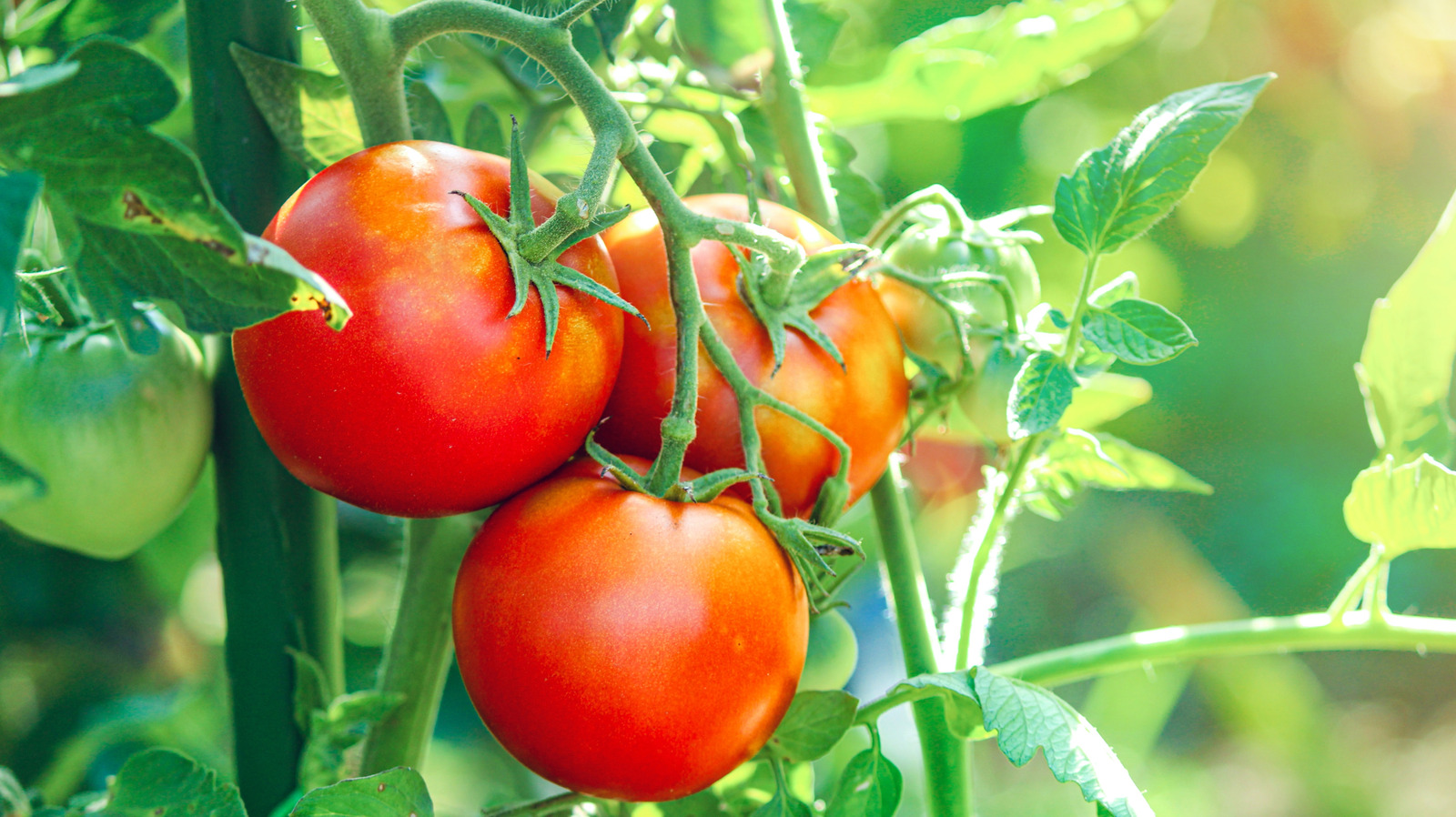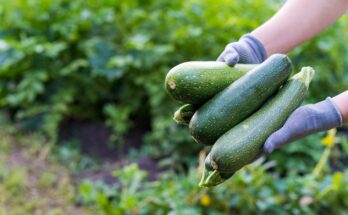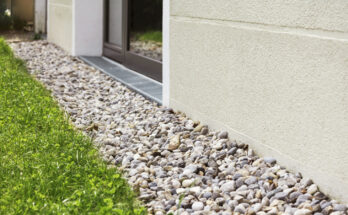The Simple And Affordable Solution That’ll Safeguard Your Tomato Plants From Pests
We may receive a commission on purchases made from links.
Cultivating some tomato plants in your garden can be a great idea for both green thumbs and newbies to gardening. Tomatoes are relatively easy to grow and do well in both pots and beds, so almost anyone can get some seeds sprouting to reap the red, juicy fruits. Yes, tomatoes are fruits, and it’s still weird. Anyway, if you want to enjoy your tomatoes, you need to ensure pests don’t get to them first. Pests like aphids and leaf miners can get into your garden and damage your tomatoes, stunting their growth and sometimes killing the plants outright. Thankfully, neem oil is a simple and affordable way to keep your plants safe.
While there are a few plants you could grow that will work as natural pest control in your garden, you may be better off turning to neem oil. This product is made from the seeds of the neem tree and has been used by gardeners to control pests for hundreds of years. Here’s how it works. The primary active ingredient in neem oils is azadirachtin, which is an insect growth regulator. The compound basically imitates insect hormones, is absorbed by the insect, and prevents them from moulting. It also reduces their desire to feed, causing them to starve. Additionally, neem oil is a thick substance, so it physically coats the insects and suffocates them.
How to make and apply neem oil pest spray
Using neem oil in your garden is a great idea, since using synthetic pesticides is one of the mistakes you want to avoid as a beginner gardener. Now, there are a ton of ready-to-use neem oil pest sprays in the market, but you’re probably better off buying the oil and making the spray yourself. This is because the commercial ones could be less potent than your DIY neem spray. Just make sure you’re buying the cold-pressed neem oil, and not the clarified hydrophobic extract, as those are highly processed and less potent. Once you have that, you simply follow the instructions on your product of choice to make your spray.
With your spray in hand, it’s time to rain down on those pesky pests. Before you do that, ensure to glove up and wear protective eyewear since neem oil can be mildly irritating to sensitive skin. Always spray neem oil on your plants at dusk, since it can cause leaf burn in direct sunlight. Also, never make excess neem oil spray to store, as it loses its efficacy after about eight hours. Finally, use the fine mist setting on your sprayer to test your solution on one leaf for 24 hours before applying a light mist on your entire tomato plant. Reapply every 7 to 14 days, or according to the package instructions, until the infestation is gone.
More ways to use neem in the garden
Neem oil has so many benefits as a pesticide. This oil is as effective as synthetic pesticides, yet better for the environment. It’s also not toxic to humans. However, you should still wash any harvested tomatoes thoroughly before using them. A single purchase of neem oil isn’t too expensive, with the 8-ounce bottle of Neem Bliss Cold Pressed Neem Oil going for about $14. And it would last you for many applications, making this a very cost-effective method of stopping pests from ravaging your tomato plants.
Besides being a pesticide, neem oil has other uses. If you’re having an outbreak of mold or fungi, neem oil can help with that, though not as effectively as neem powder, which is made from the crushed leaves. This powder is a potent fungicide that you can use to prevent fungal spread in your garden.
This is still not all that neem can do for you in your garden. The neem tree is a fast-growing tree that you’ll want to plant in your yard for all its benefits – if you have the space, of course. Beyond the oil and powder, neem seedcake, which is the remnant after the oils have been squeezed out, is a great fertilizer that doubles as a nematicide. Neem trees are believed to lower soil acidity, and their deep roots help to combat soil erosion.



